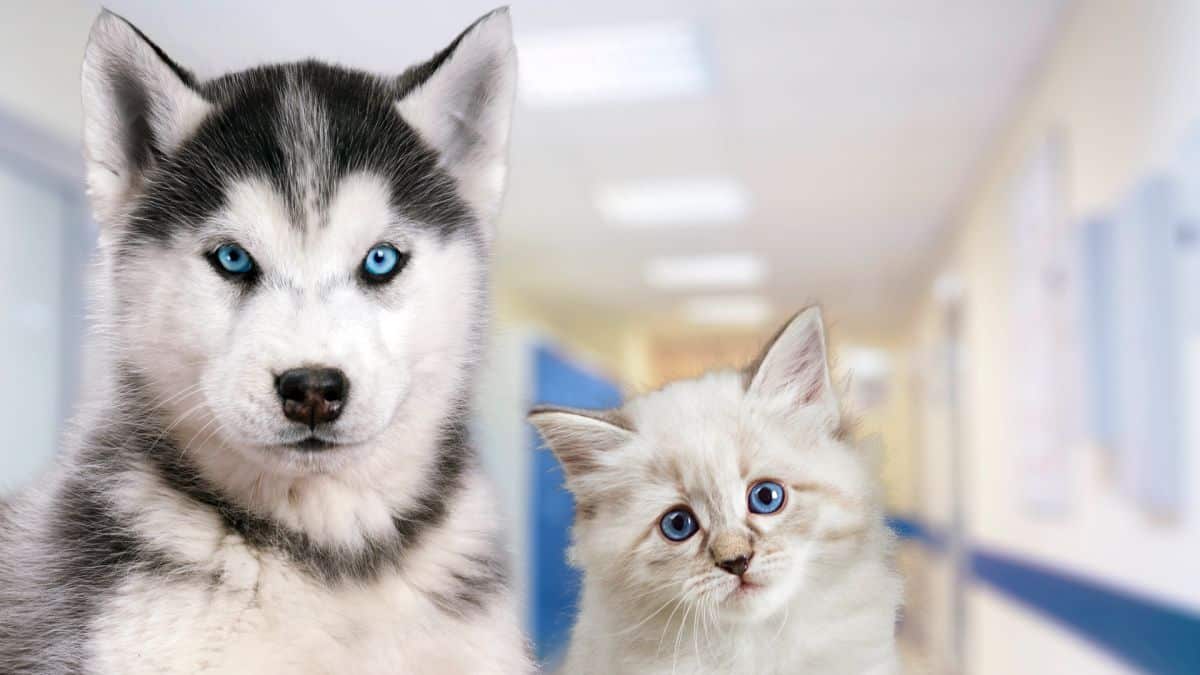
Pet insurance is a rapidly growing product for pet owners who don’t want to be caught off-guard in the event of an emergency. Many of us regard our pets as family members and want to make sure that they receive the best care possible. Nobody wants to make hard decisions based on what they can afford. Let’s look at How to Select Pet Insurance Plans so you can have peace of mind about your pet’s well-being.
1. Comprehensive Insurance Plan Versus Pet Health Discount Plan
Unless you’re an especially savvy consumer, these two options may sound identical. Don’t be fooled. A comprehensive insurance plan is very similar to how insurance works for humans.
In both cases, there are different types of visits or specific kinds of health conditions your plan will cover. You pay a monthly premium for the coverage. You have an out-of-pocket cost (a deductible or co-payment) and the insurance makes up the difference. Comprehensive pet insurance does not require membership to any network so you can use it at any veterinarian.
A pet health discount plan, on the other hand, simply knocks an amount off of your total bill. Your veterinarian would have to be a member of a qualifying pet health discount network for you to use it.
2. Choosing Your Vet
With a pet insurance plan, you can take your beloved companion to any vet you like. There are no worries about moving from the vet you trust to someone else just because they’re part of a network. Instead, pet insurance works by reimbursement. You pay your vet at the time of service and your insurer will reimburse you directly according to the terms of your plan.
3. Waiting Period
A “waiting period” should be a familiar term from other forms of insurance. This simply means that not all parts of your coverage may begin when you purchase your policy.
Waiting periods began being used in insurance because some people would sign up for insurance knowing that they had a big expense coming up. It’s a way to game the system that can wind up making insurance more costly for everyone else.
It’s similar with pet insurance. You’ll want to check with your provider, but the waiting period for your pet’s coverage may be a few days to a few months. Your pet may be covered within a few days for something unforeseeable, like an accident. A major illness may fall under a different type of waiting period.
4. Pre-Existing Conditions
It’s vital to know what is and what isn’t covered in your pet insurance plan. For example, most pet insurance plans don’t cover pre-existing conditions. Ask your provider about pre-existing or hereditary conditions, as they might have a solution that will fit your situation.
Most pet insurers will still insure a pet with a pre-existing condition but exclude coverage for that condition. Some will cover it if it’s a curable illness that has had no symptoms for a period of time. Make sure you understand everything your plan covers before you sign. You don’t want to find out the hard way in the middle of an emergency!
5. Your Pet’s Age
Some pet insurance plans have a minimum or maximum age they’ll cover. Under six to eight weeks old and over 10 or 12 years are typical figures that won’t be insurable with a new policy. The cost for some plans will go up as your pet ages, too. Insuring your pet early on will help make sure that they continue to have health coverage in their golden years.
6. Wellness Care
Despite the name, comprehensive pet insurance doesn’t usually include routine checkups and wellness care such as dental care and immunizations. It’s similar with spaying and neutering. None of these fall within the scope of accident or illness, which is what pet insurance is primarily geared towards. These can often be included as an add-on to your overall policy, however.
7. Medications
Just as with many humans, medications are a fact of life for many pets. And just because they’re smaller doesn’t mean that their meds cost less. Some pet insurance plans will cover medications, and others won’t. As always, read and understand your policy. It may be possible to include medications as an add-on, similar to how it’s done with wellness care.
8. Deductible
If you’re familiar with human health insurance, then “deductible” is another term you’ll likely recognize. And, as with human health insurance, this is an amount you must pay out-of-pocket before your pet insurance coverage kicks in. The higher your deductible, the lower your monthly cost. If you want the lowest deductible amount out-of-pocket, it will translate into higher monthly payments.
Be Sure… Insure!
We hope this has taken some of the mystery out of looking for the right pet insurance plan for your four-legged family members!




